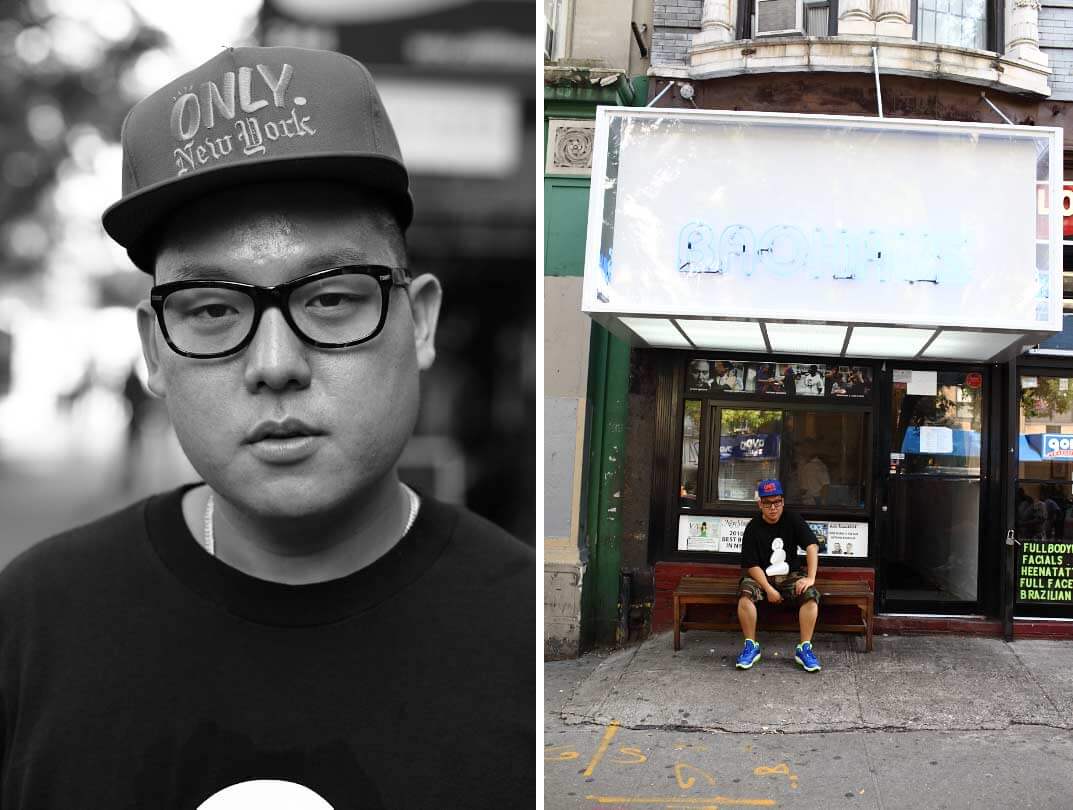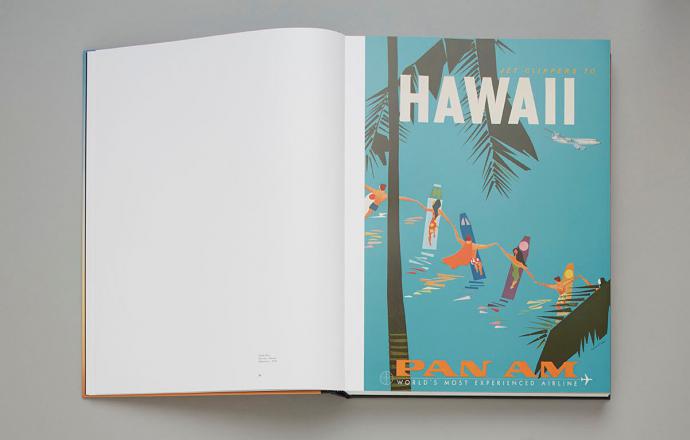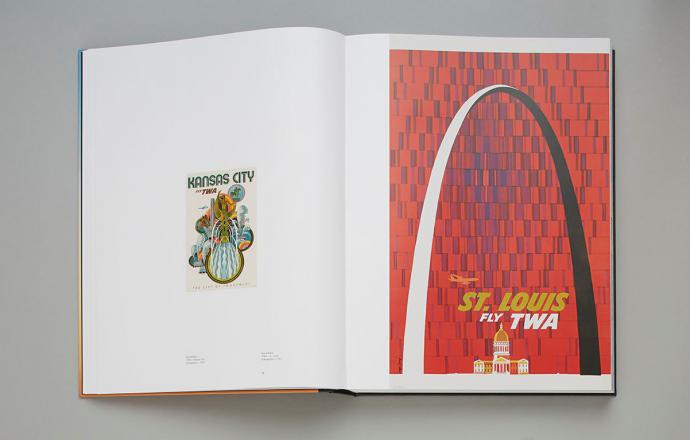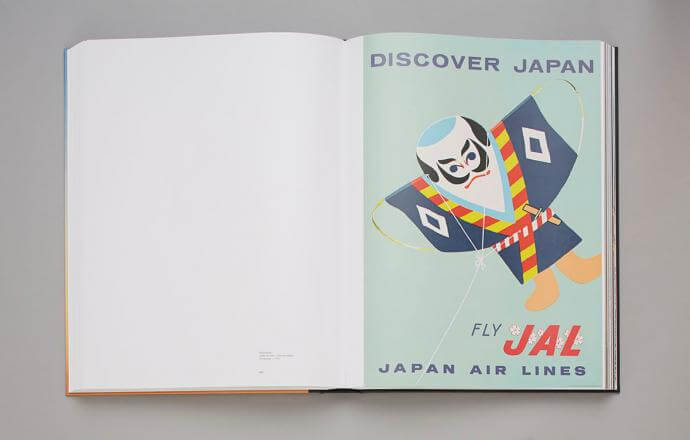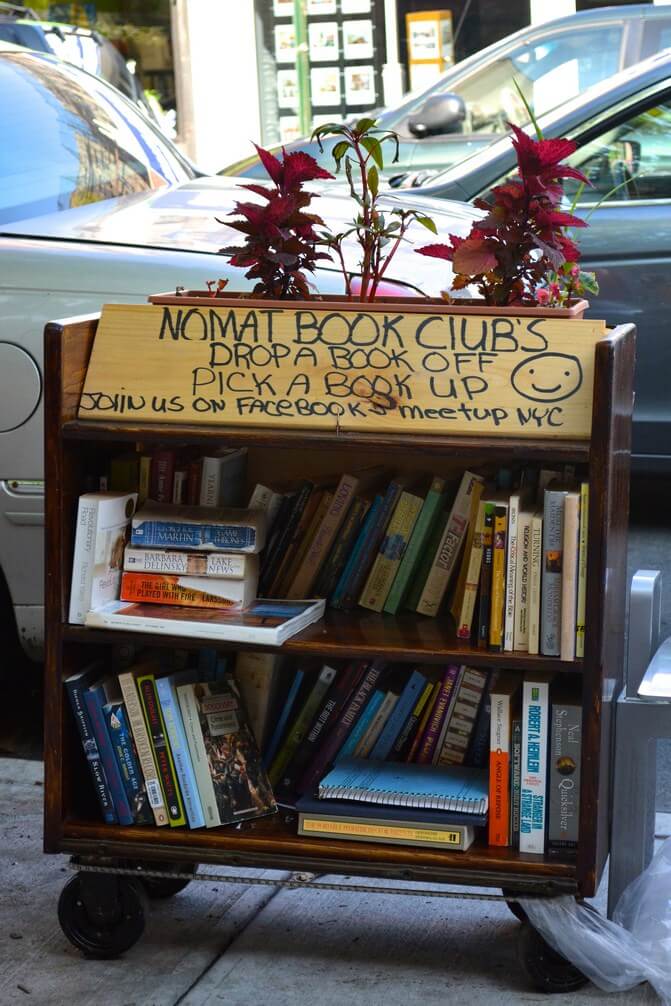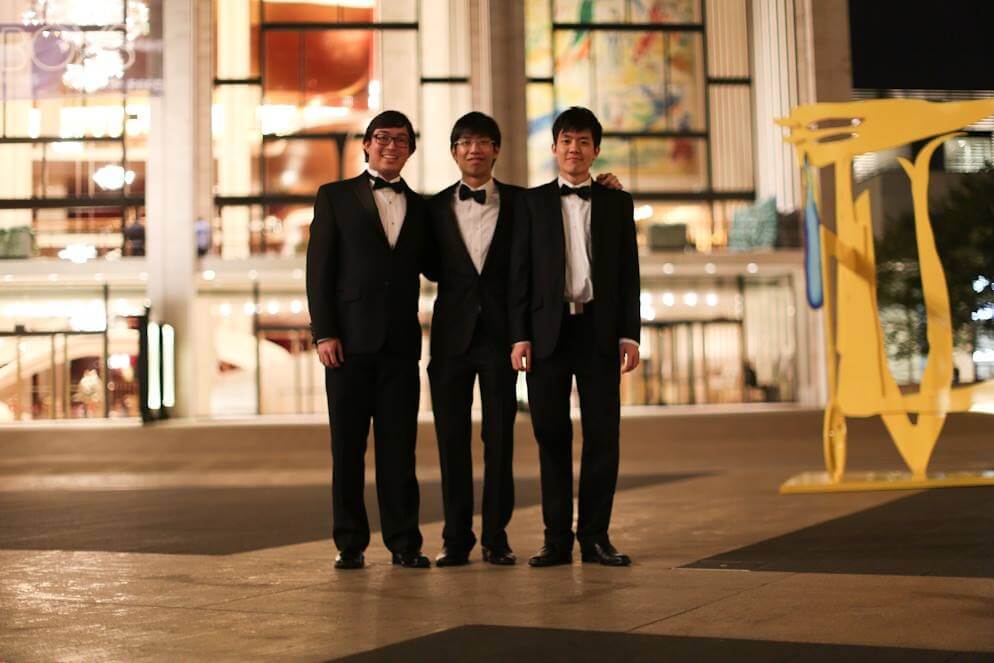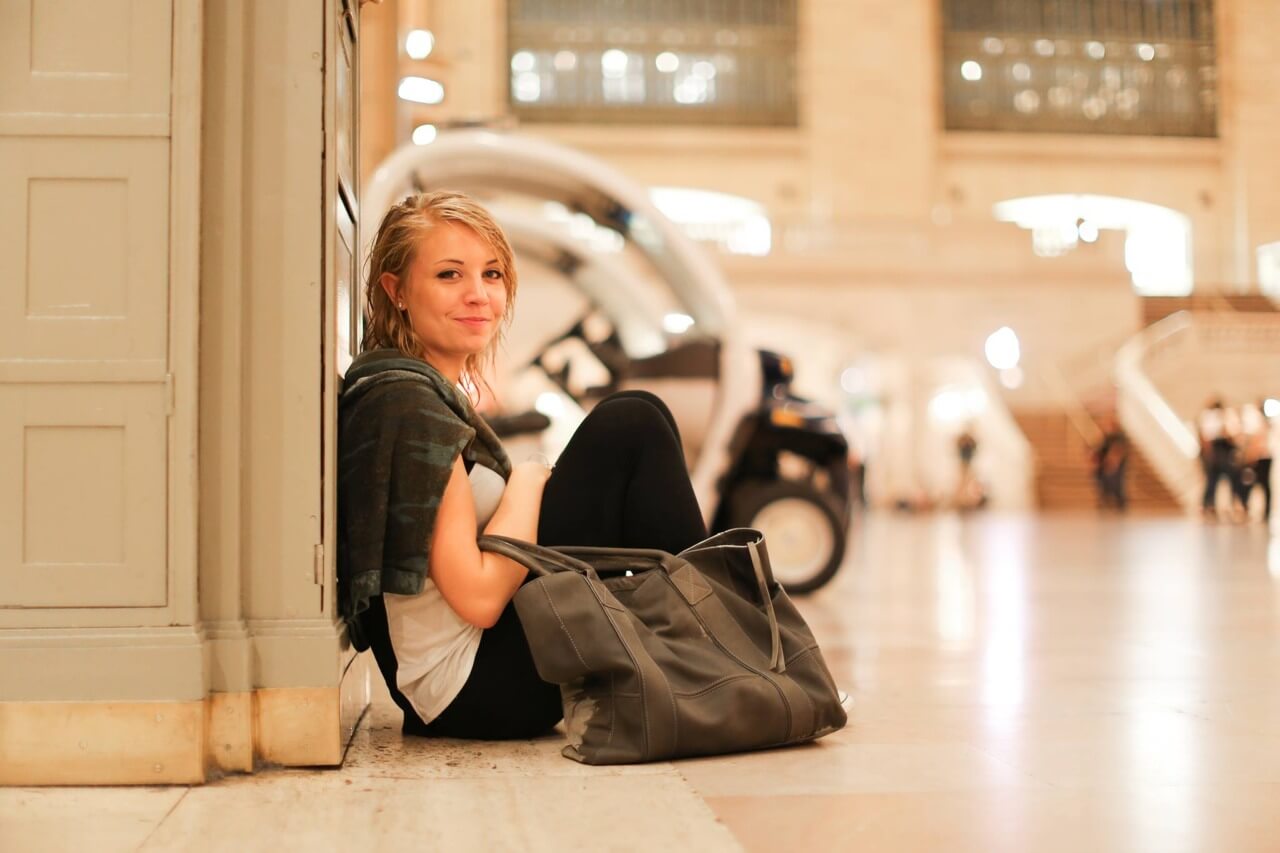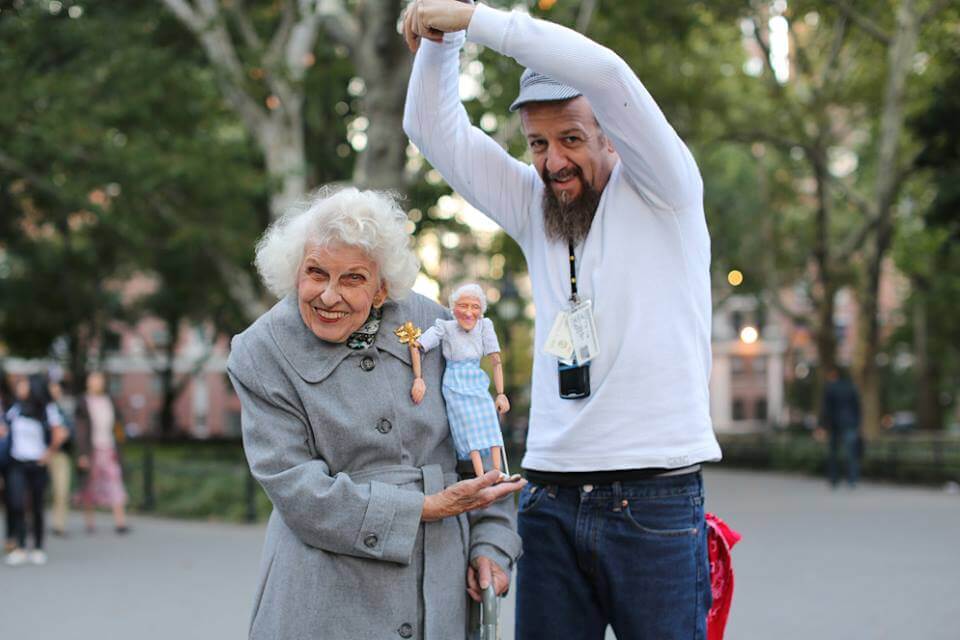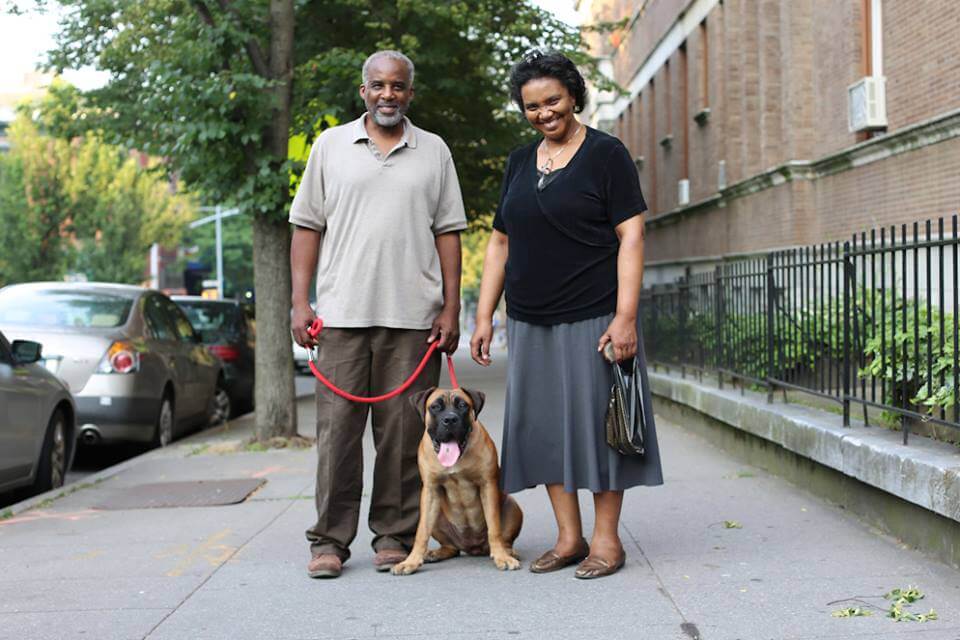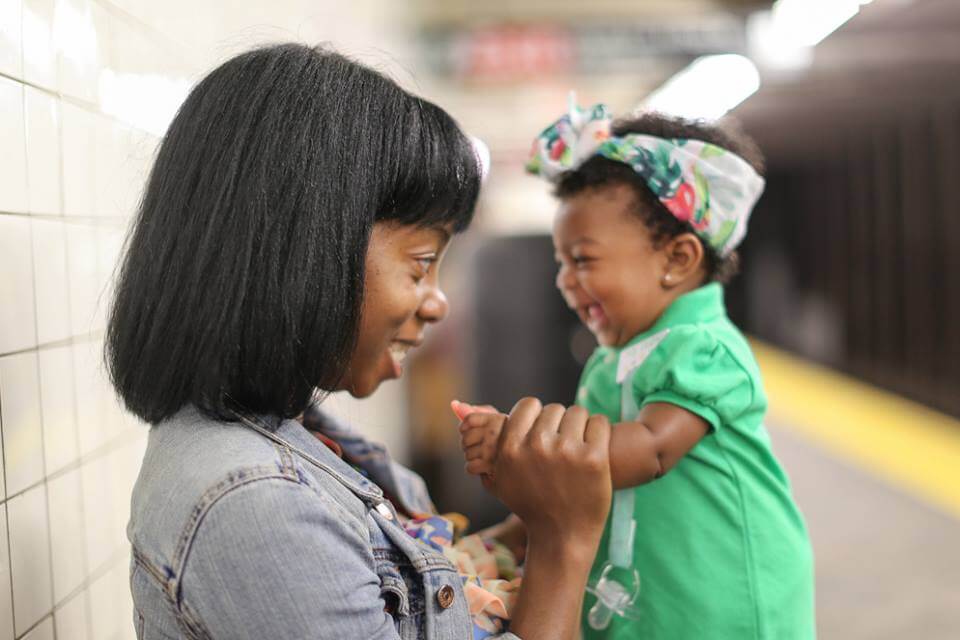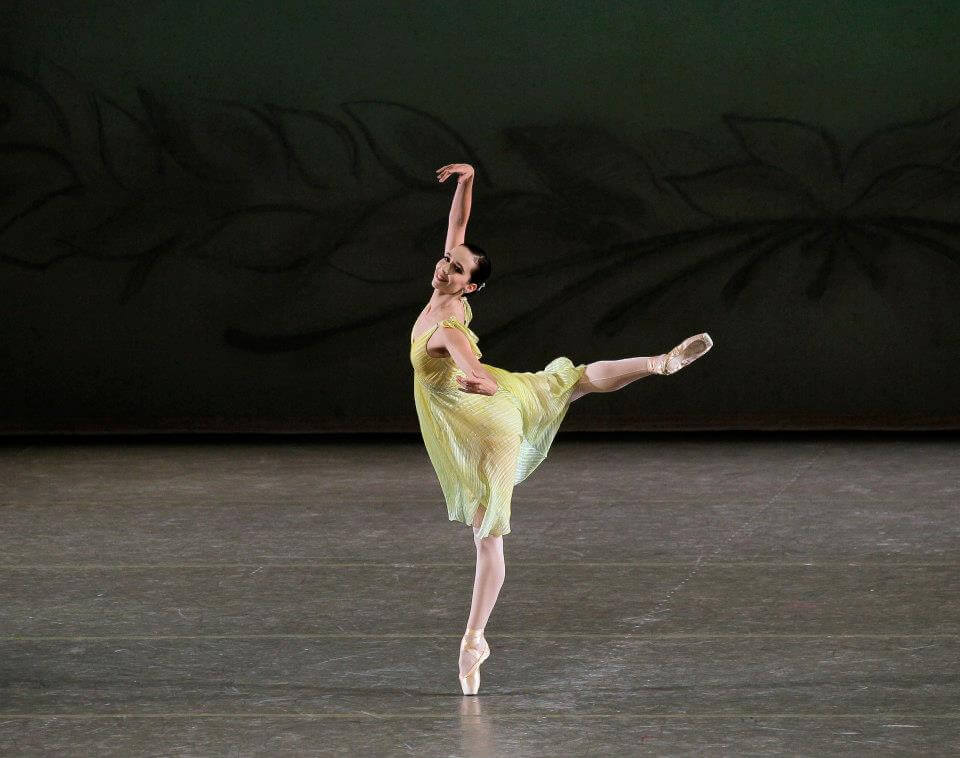
Jenifer Ringer was a longtime principal dancer with New York City Ballet. She retired just this winter, andВ her memoir,
Dancing Through It
, came out a few weeks later.
I downloaded and finished it within a couple days. It’s a quick, engaging and fascinating read. ThoughВ Dancing Through It often feels like a long, personal essay—or a series of interconnected personal essays—I appreciated Ringer’s clear voice and honesty.В She comes off as very likable, humble and down-to-earth. At times, she’s also self-deprecating and very funny.
Dancing Through It traces Ringer’s journey from a talented kid in her local, South Carolina dance school, to the Washington School of Ballet, to the School of American Ballet and her acceptance into City Ballet. As she rose through the ranks there, she struggled with an eating disorder that took her out of the company for a year. Eventually, she worked her way back in, and became a principal a few years later.
As someone who’s only danced for the pure joy ofВ it, I’ve never experienced the struggles elite professional dancers go through. They may have what seems like the best job in the world (at least, in my book), but it takes an insane amount of hard work. Ringer describes long, grueling days in the studio taking class, learning ballets and performing others pieces that same night. And doing this day after day.
Plus, anyone who’s ever danced ballet—at any level—knows how difficult it is, and how it never gets easier, in our pursuit for perfection. Ringer captures that perfectly, here:
If something about our dancing is good, we ignore it because it will take care of itself. We fixate on the parts that are wrong. Ask a dancer what her weaknesses are, and she will be able to give you an immediate and very detailed list. Ask a dancer about her strengths, and she has to pause and think about it.
So true. (As I typed that, my own list of weaknesses started to run through my head: Tombe coupe jete turns, especially to the left. Fouette turns, especially to the left. Actually, all turns to the left…)В This pressure to appear perfect on so many levels was what led toВ Ringer’s eating disorder.
While I enjoyed Ringer’s personal story, I especially lovedВ herВ tales of dancing in NYCB’s ballets, especially since I’ve seen someВ of them, myself. Ringer tells of dancing until nearly passing out during
Tschaikovsky Suite No. 3
, slipping and falling on another dancer’s vomit as a snowflake in
Nutcracker
, and inhabiting the various female characters in
Dances at a Gathering
.
My very favorite description is actually the opening line of the book, in which Ringer describes Balanchine’s
Serenade, the ballet that inspired her to become a ballerina. That piece carries particular meaning for me, as well, because it’s the one that motivated me to return to ballet, after several years off.
Here’s how Ringer describes it:
There is a ballet that is like an ocean; it seems to stretch beyond the horizons of the stage. No matter how many times I see or dance this ballet, George Balanchine’s Serenade, I always find something new to discover, something so beautiful that I wonder if the audience should laugh or cry.
I couldn’t have put it better, myself.
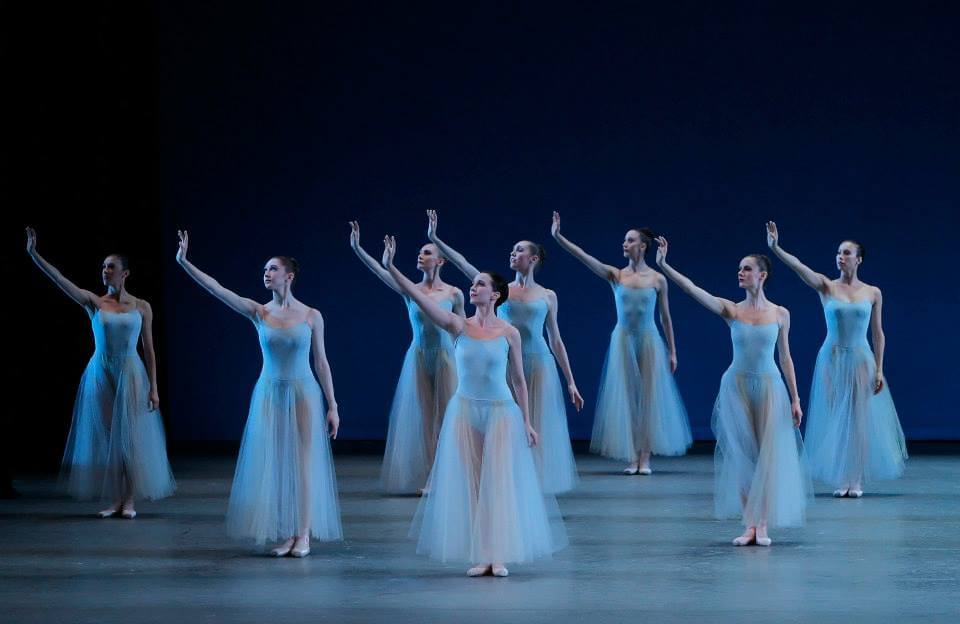
(Images by Paul Kolnik via New York City Ballet)

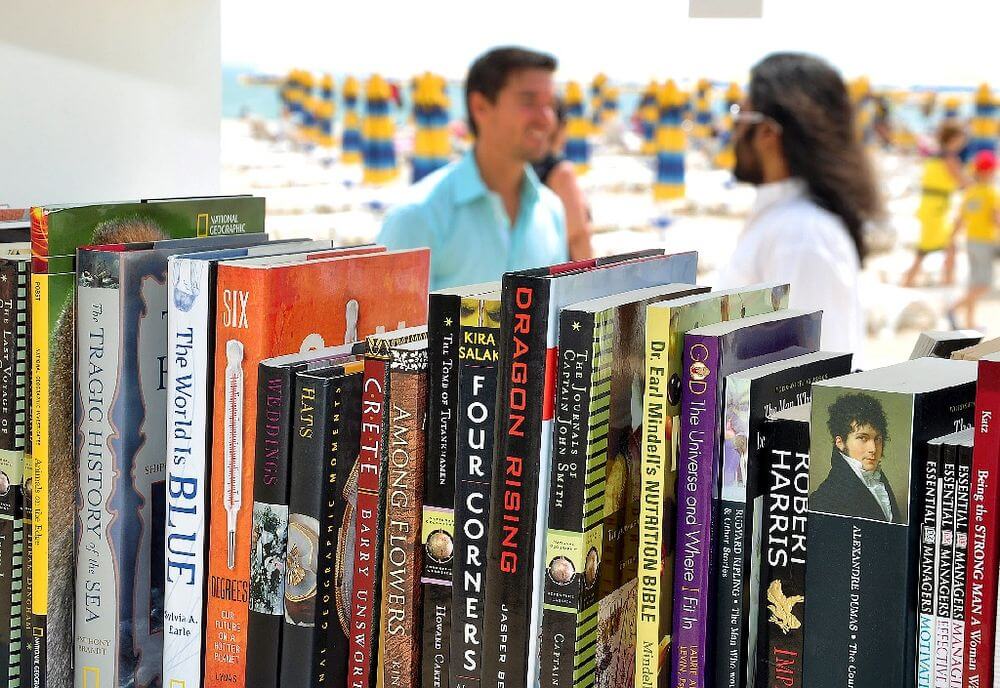 The Beach Library is located in front of Hotel Kaliakra in Albena, Bulgaria, a resort area on the Black Sea. It has more than 6,000 books in 15 languages. German architect Herman Kompernas designed it so visitors could easily share and enjoy books while on vacation. A nice touch: the shelves are weather-proof.
The Beach Library is located in front of Hotel Kaliakra in Albena, Bulgaria, a resort area on the Black Sea. It has more than 6,000 books in 15 languages. German architect Herman Kompernas designed it so visitors could easily share and enjoy books while on vacation. A nice touch: the shelves are weather-proof.